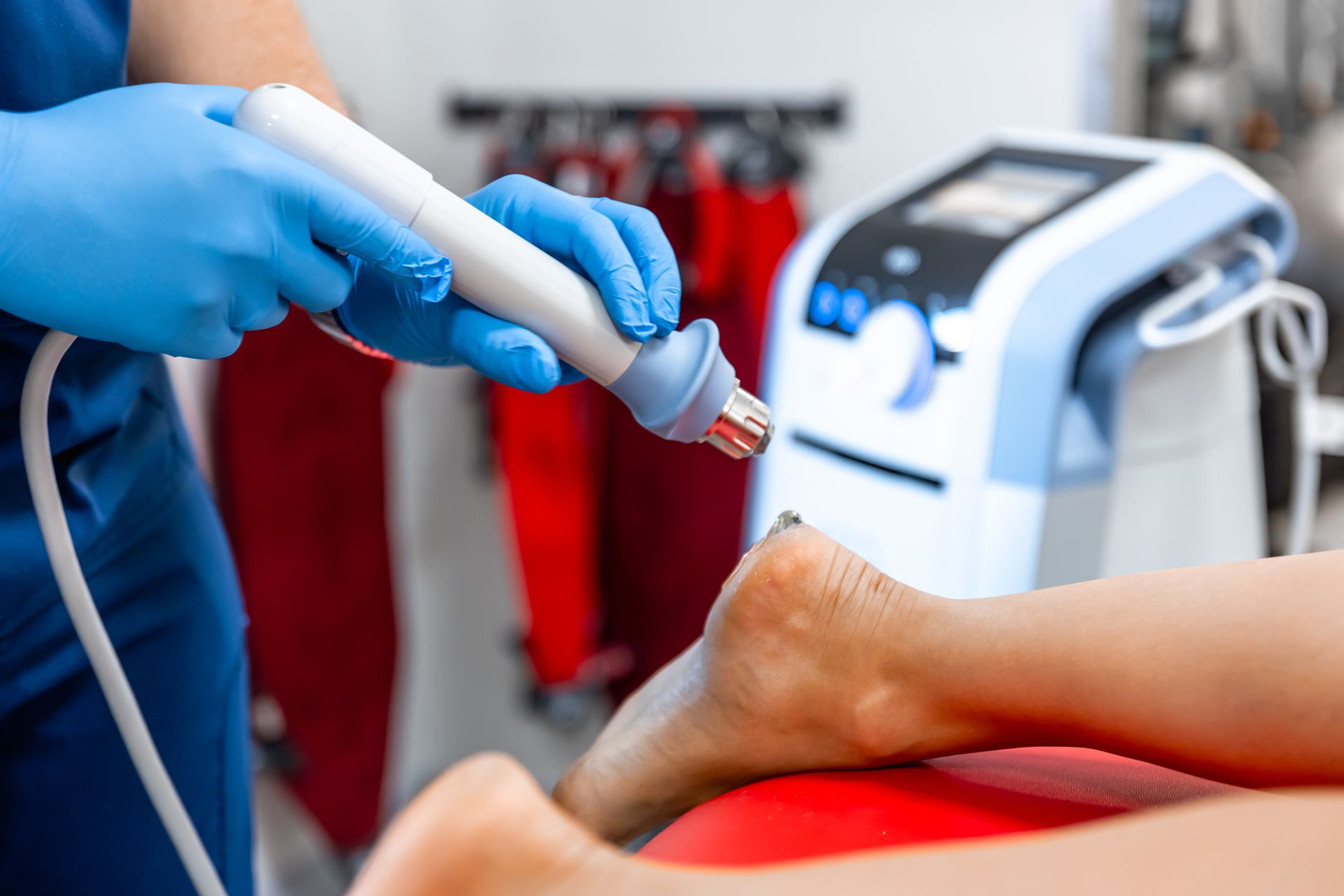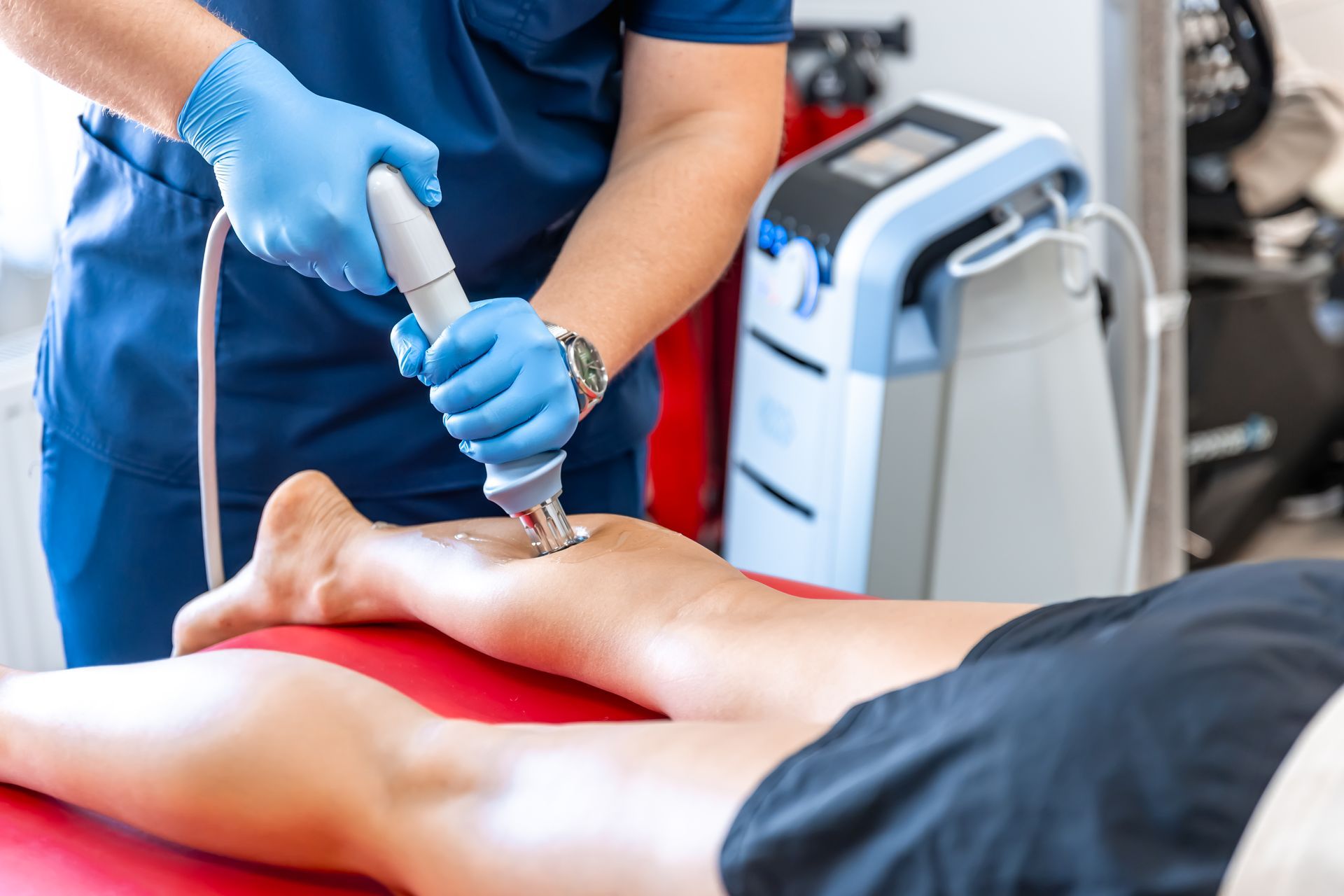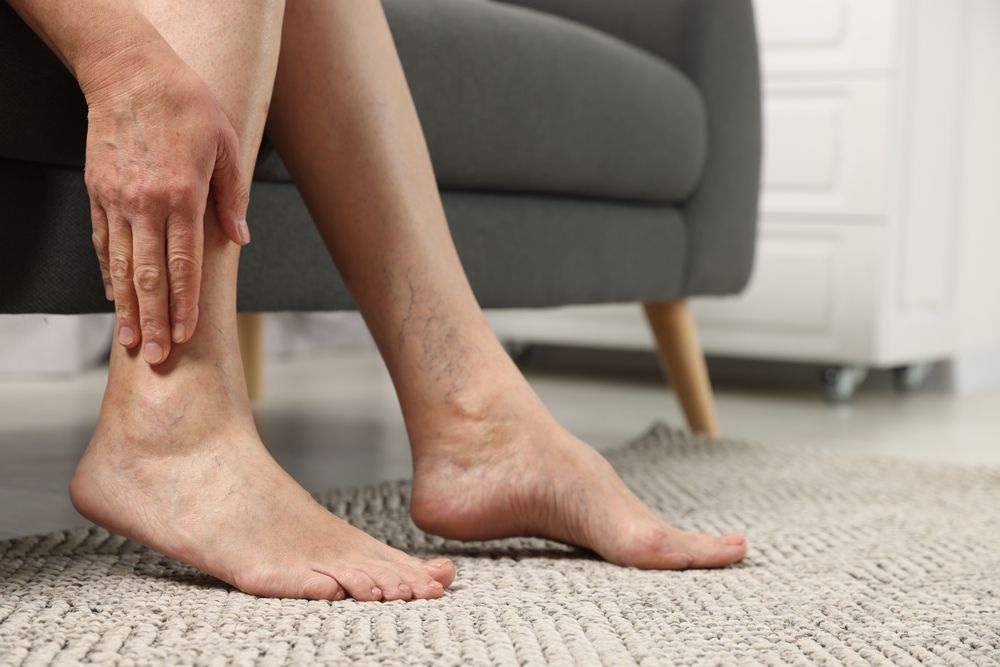Get in touch
Call: (289) 337-1657
Fax: (289) 816-0357
Email: reception@treadwell.ca
Business Hours
- Mon - Wed
- -
- Thursday
- -
- Friday
- -
- Sat - Sun
- Closed
Tread Well
Address
Phone
Fax
(289) 816-0357
Business Hours
- Mon - Wed
- -
- Thursday
- -
- Friday
- -
- Sat - Sun
- Closed
Business Hours
- Mon - Wed
- -
- Thursday
- -
- Friday
- -
- Sat - Sun
- Closed










